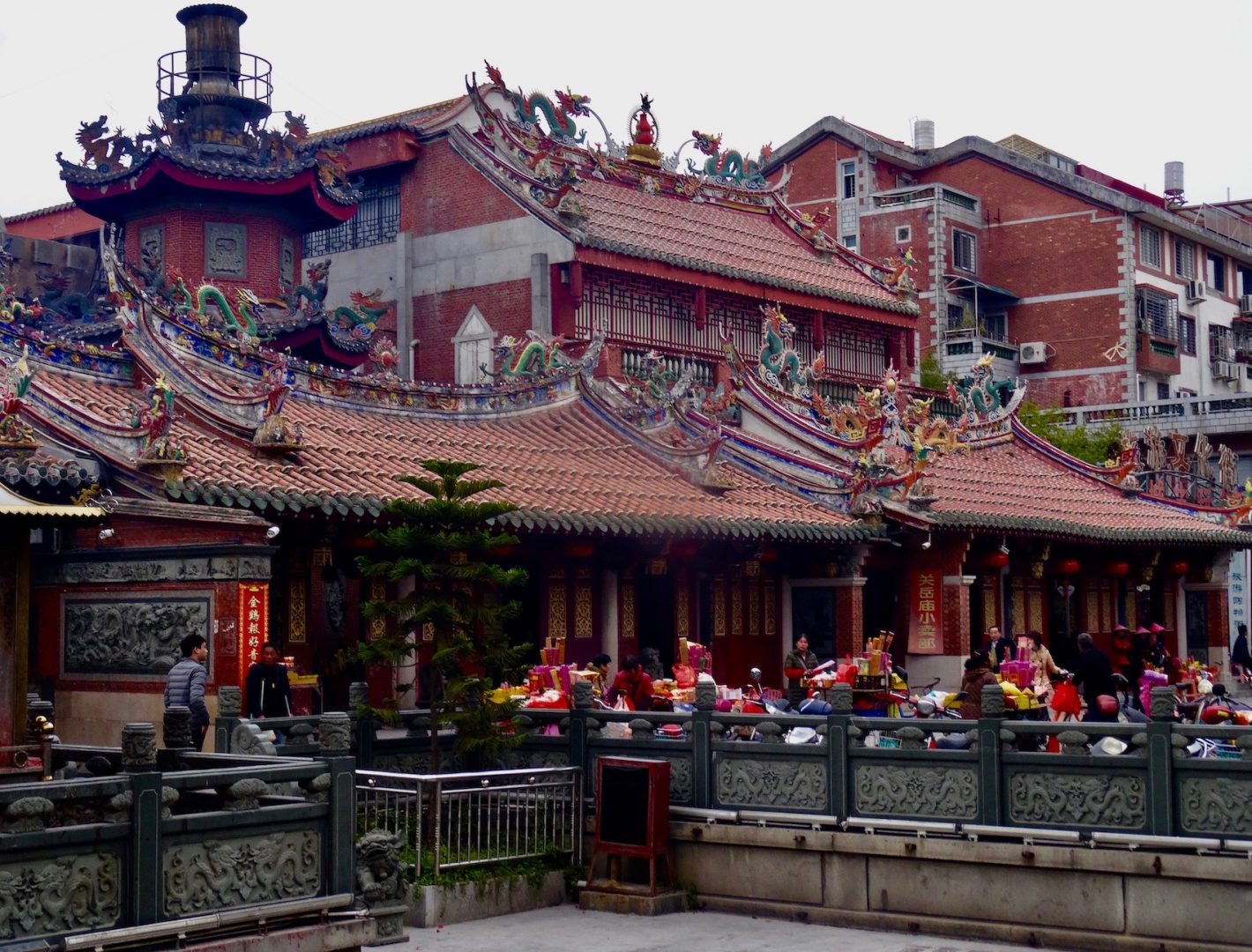 Photo permit included
Photo permit included
 Tour by public transport
Tour by public transport
 Canal Boat tour included
Canal Boat tour included
 Train tickets included
Train tickets included
 Suitable for little children
Suitable for little children
 Wheelchair accessible tour
Wheelchair accessible tour
 Museum ticket included
Museum ticket included
 Light snack included
Light snack included
 Lunch included
Lunch included
 Transportation included
Transportation included
 Walking Tour
Walking Tour
In case you chose Xiamen as your destination you can spend a day exploring Quanzhou and its local attractions, as this visit is surely worth your time. From Buddhist temples to Muslim Mosques, you will admire the local architecture and the calm atmosphere which is in the air. Quanzhou Maritime Museum is also waiting for you on this trip.
What's included
- English-speaking guide
- Pick-up and drop-off
- Transportation
- Lunch
- Entrance fee (Quanzhou Maritime Museum)
- Personal expenses
- Gratuities
- Pick-up and drop-off from/to the centrally located Xiamen hotel
Highlights
Itinerary
08:30
You will meet your friendly tour guide at the lobby of your downtown Xiamen hotel.
The phenomen of Quanzhou is that it’s been the marine door to exotic cultures for years. Thus, you will get to see the Buddhist temple, the largest one of the province – Kaiyuan Temple. Ashab Mosque is one more attraction of the region. Then you will get to stroll around Guandi Temple. Finally, explore the local Maritime Museum.
Your tour will come to an end as soon as you are brought back to your hotel in Xiamen.





